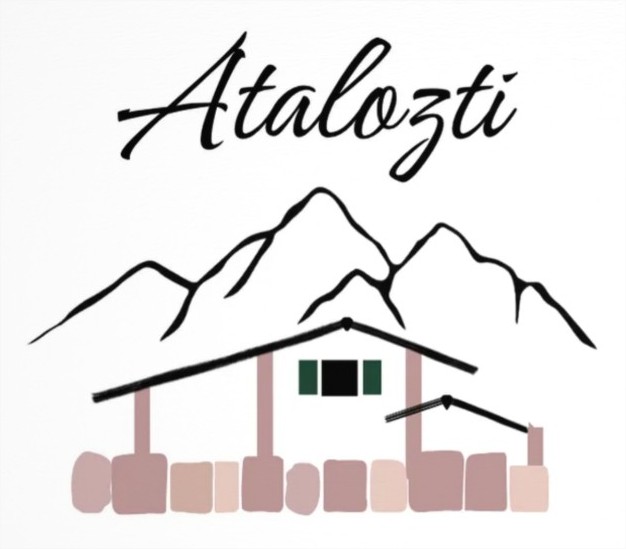Le col d'ATALOZTI
ATALOZTI is a place in the heart of the Navarrese Pyrenees, where the two Navarres meet, at the boundary between Navarre and Lower Navarre, between the municipalities of Auritz-Burguete, Erroibar, and Urepel. The first two belong to the merindad of Sangüesa, and the third to the region of Baïgorry-Ossès. This place is also on the watershed, with the streams on the southern slope flowing towards the Irati River, that is, towards the Mediterranean Sea, and those on the northern slope flowing towards the Nive, towards the Bay of Biscay in the Atlantic. Yes, the Atalozti pass is located in a charming place, between the peaks of Lindus (1218 m) and Mendiaundi (1213 m). This mountain massif is called the Pays Quint; the "quint" was a tribute, a fee that neighboring shepherds had to pay to the King of Navarre in the Middle Ages so their animals could graze freely in this highland area. This is why, in Urepel, they celebrate the Cow Branding Festival every year at the end of May, marking the animals with a hot iron bearing the initials: VE (Vallée d’ERRO), so they can graze at SOROGAIN, a high basin with its shelter-inn. Around Atalozti, there are megalithic monuments, mainly cromlechs, remnants of the culture of our ancestors. Not far from here is one of the most important places in Navarre's history: the collegiate church of Notre-Dame de Roncevaux, from the 13th century, Gothic, which is on the Camino de Santiago, not far from Ostabat, a village in Lower Navarre where the three routes from Paris, Vézelay (Burgundy), and Le Puy (Auvergne) converge. Two kilometers up, there is the Ibañeta pass (1056 m), which commemorates the famous battle of the year 778, where the Vascons fought against Charlemagne’s army, the emperor of the Franks. Nearby is a monument in honor of Roland, his nephew, who led this army and died there, where his sword and two maces from the battle are located.
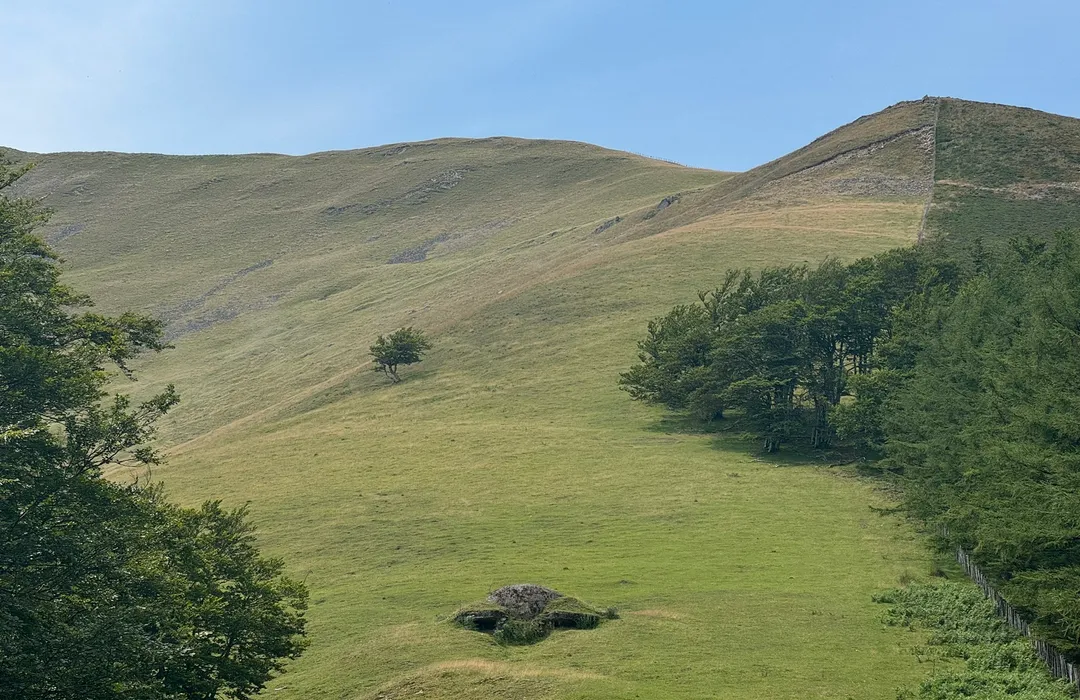
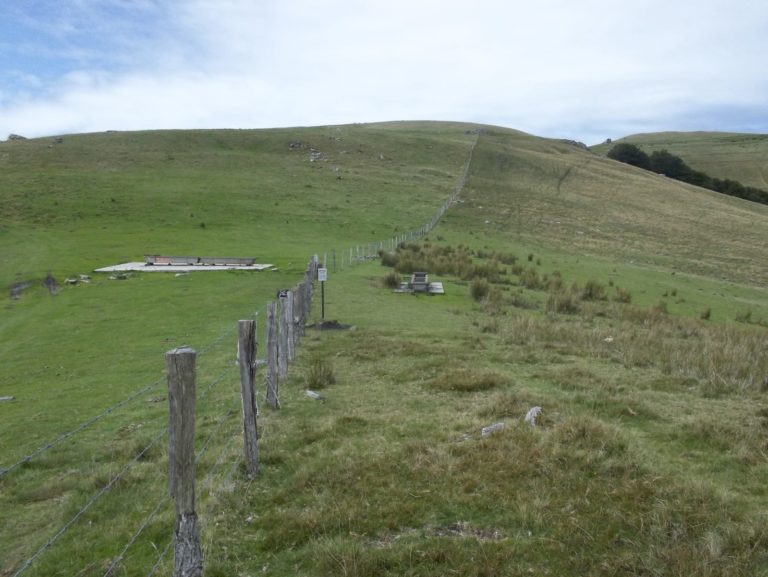
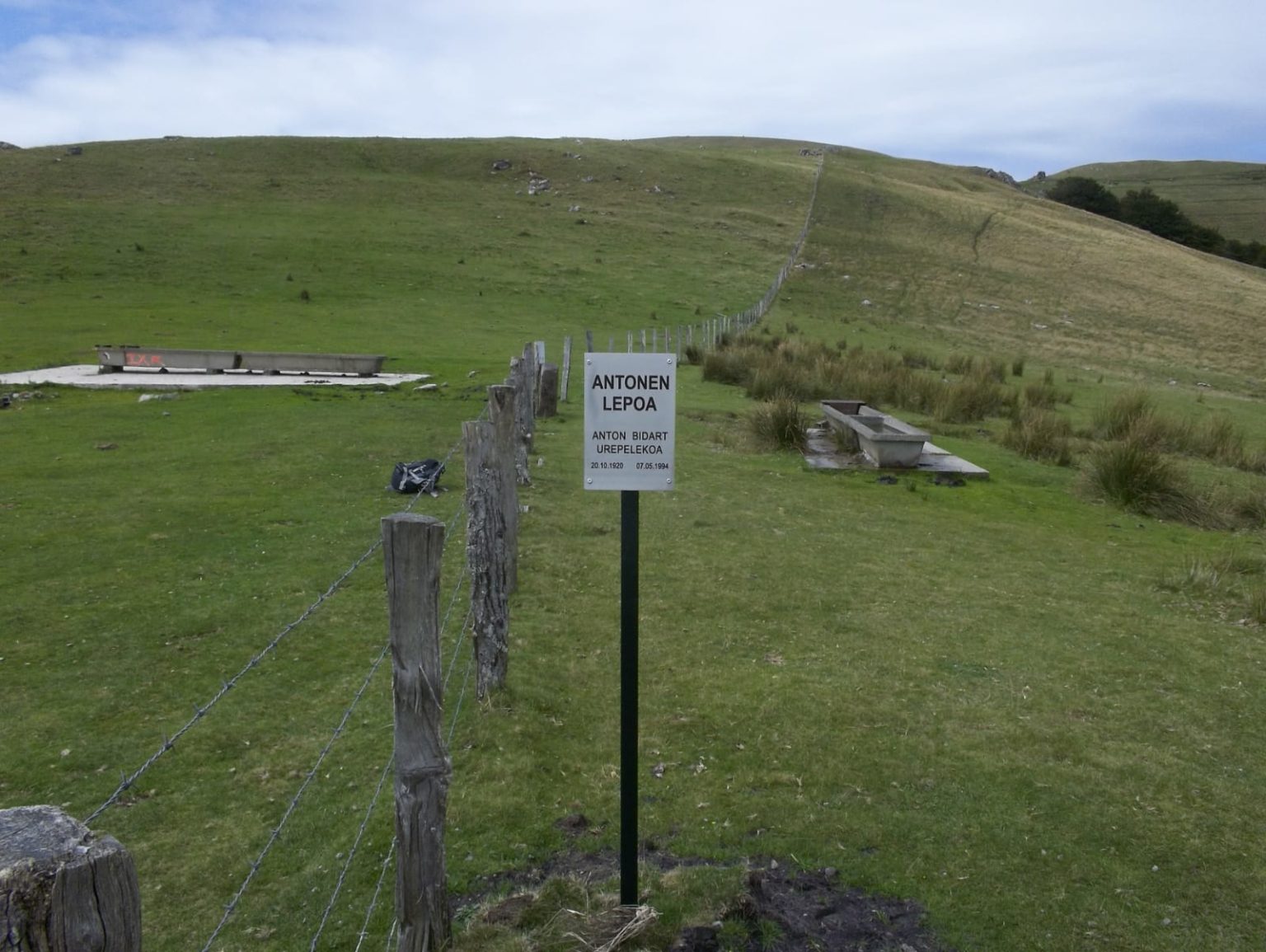
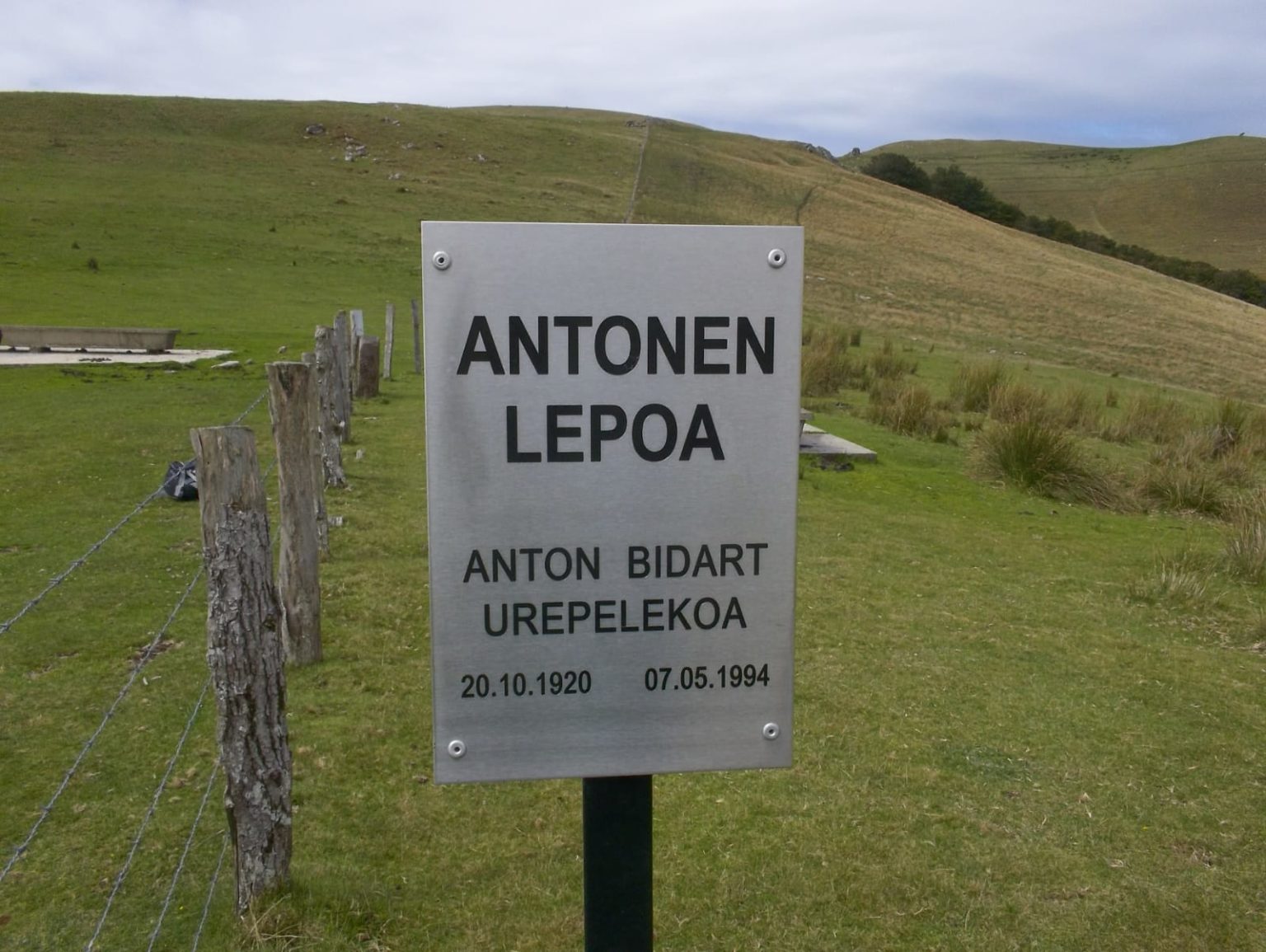
My father, Antoine Bidart from Urepel, of the Harizpea house, crossed the Atalozti pass every day for his night work, courageously climbing from Urepel towards Auritz-Burguete, along the smuggler's path. Smuggling was the most common profession for the men of this area. He was so well known on both sides, on both slopes, that the boundary fence between the two Navarres is called “Antonen lepoa” or “collado de Anton” (Anton’s pass); nearby, you can see a commemorative plaque in his memory. From there, one can enjoy a beautiful view of the high valleys of Aldudes and Erro, the gentle mountains of Baztan, the impressive Irati forest, and the distant high peaks of the Pyrenees from Roncal, Soule, Aragon, and Béarn… This truly is natural beauty, with slender mountains adorned with pleasant beech trees!
It is interesting to follow the smuggler's trail, starting from the last farm in Urepel (Bihurrietabuztan), crossing the ravine of Ahunztarreta, and reaching the pass of Urtarai—where Antoine Bidart’s cabin hides in the neighboring beech forest. Higher up is Atalozti, from where you can gently descend among the large beech trees towards Auritz-Burguete.
It must be said that Urepel, my beloved and recent village, was settled by shepherds from the valley who brought their flocks. It is a rural Basque village, with many scattered farms, surrounded by meadows, mountains (Adi, Izterbegi, Urtarai, Iturrunburu, Aldaparri, Mendixuri…) and beech forests, like the forests of HAIRA and URKIAGA.
In the small center, there is the humble and beautiful church, the fronton, and the monument to the great shepherd-poet (bertsolari) Xalbador.
Thus, in tribute to my beloved father, I have named my guesthouse ATALOZTI.
It is interesting to follow the smuggler's trail, starting from the last farm in Urepel (Bihurrietabuztan), crossing the ravine of Ahunztarreta, and reaching the pass of Urtarai—where Antoine Bidart’s cabin hides in the neighboring beech forest. Higher up is Atalozti, from where you can gently descend among the large beech trees towards Auritz-Burguete.
It must be said that Urepel, my beloved and recent village, was settled by shepherds from the valley who brought their flocks. It is a rural Basque village, with many scattered farms, surrounded by meadows, mountains (Adi, Izterbegi, Urtarai, Iturrunburu, Aldaparri, Mendixuri…) and beech forests, like the forests of HAIRA and URKIAGA.
In the small center, there is the humble and beautiful church, the fronton, and the monument to the great shepherd-poet (bertsolari) Xalbador.
Thus, in tribute to my beloved father, I have named my guesthouse ATALOZTI.
